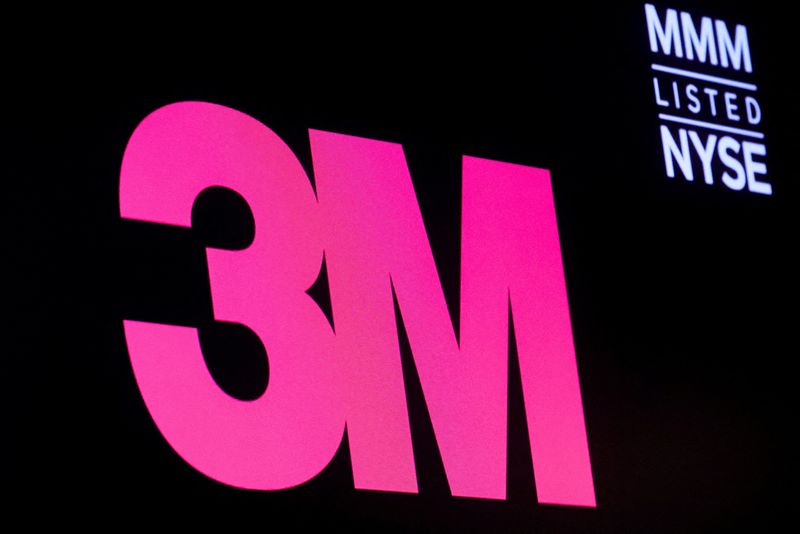By Brendan Pierson and Dietrich Knauth
(Reuters) -Federal appeals court judges on Tuesday appeared skeptical of 3M's bid to use the bankruptcy of its subsidiary Aearo Technologies to shield itself from nearly 260,000 lawsuits over allegedly defective military-issue earplugs.
Paul Clement, a lawyer for Aearo, urged a three-judge panel of the 7th U.S. Circuit Court of Appeals in Chicago to reverse a bankruptcy court order allowing the lawsuits to move forward against 3M, even though Aearo is bankrupt.
Clement argued bankruptcy law's so-called "automatic stay," which shields Aearo from lawsuits while it is bankrupt, should apply to 3M as well, because there is "complete overlap" between the facts and legal defenses in earplug lawsuits against the two companies.
Aearo, which made the combat arms earplugs, filed for bankruptcy last July, with 3M pledging $1 billion to fund Aearo's liabilities stemming from the lawsuits that accuse both Aearo and 3M of misrepresenting the earplugs' effectiveness, leading to hearing damage.
Aearo and 3M said the bankruptcy process would facilitate a fair and comprehensive settlement with the plaintiffs.
The plaintiffs, on the other hand, have called the move a bid to escape the Florida federal court where the earplug lawsuits are consolidated in a so-called multidistrict litigation (MDL), following a series of unfavorable legal rulings and trial losses.
Judge Frank Easterbrook pressed Clement on Tuesday to explain how there can be exceptions to the bankruptcy law, which applies the shield only to the bankrupt company. He said the U.S. Supreme Court has consistently ruled against exceptions in bankruptcy law.
"If this maneuver works, why won't it automatically happen every time a defendant in an MDL gets uncomfortable with the MDL court's rulings?" Judge David Hamilton asked.
David Frederick, representing the plaintiffs, told the panel that 3M "contrived this bankruptcy to help itself, not Aearo or its creditors."
He argued that as long as 3M is able to cover the earplug liability, there is no reason it should be shielded, and that if 3M ever became unable to pay, it should have to file for bankruptcy itself.
"The point of the bankruptcy process is to take the bitter with the sweet," he said.
3M's strategy of seeking legal protection through a subsidiary's bankruptcy echoes a similar effort by Johnson & Johnson (NYSE:JNJ) involving thousands of lawsuits alleging that certain of its talc products caused cancer, which a different appeals court shot down in January.
J&J announced Tuesday that it had reached a proposed $8.9 billion settlement of that litigation. J&J has denied wrongdoing and said its talc products are safe and do not cause cancer.
3M's bankruptcy strategy, and J&J's, has attracted both criticism and support, sparking a debate about whether bankruptcy is an appropriate solution for companies facing significant litigation but are otherwise healthy.
Veterans and service members have called for the dismissal of Aearo's bankruptcy, as has the judge overseeing the consolidated MDL in Florida, who called the bankruptcy "wholly contrived."

The litigation against 3M and Aearo is the largest-ever MDL in U.S. history, with nearly 330,000 cases filed and nearly 260,000 pending cases, according to court statistics from March 16. The next-largest MDL, the Johnson & Johnson talc litigation, has 38,000 cases.
3M has lost 10 of the 16 cases that have gone to trial so far, with about $265 million being awarded in total to 13 plaintiffs.